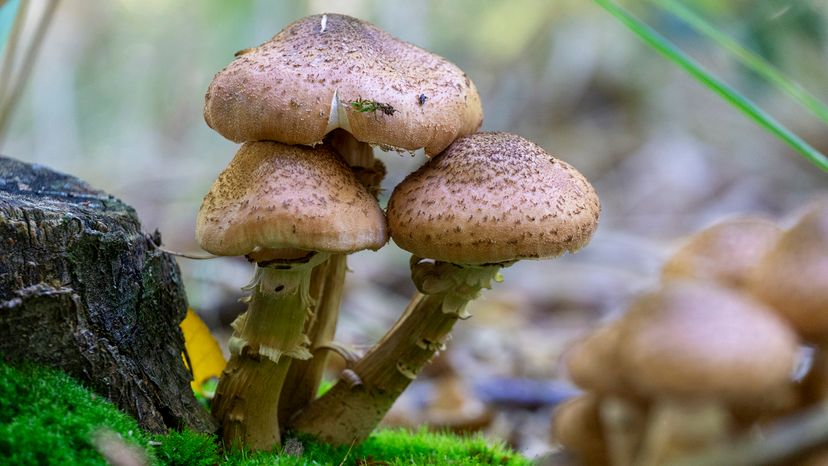
Have you ever wondered what the largest living organism on Earth is? Well, you might be surprised to learn that it's not a giant blue whale or a sequoia tree; it's a fungus!
More specifically, it's a species of fungus called Armillaria ostoyae, which has earned the title of the largest organism on Earth. This fungal marvel, affectionately known as the humongous fungus, covers an area so vast, it's practically invisible to the untrained eye.
Advertisement
What's more, this giant organism has been growing for thousands of years, making it one of the oldest living organisms. Let's explore how it has become the world's largest living organism.